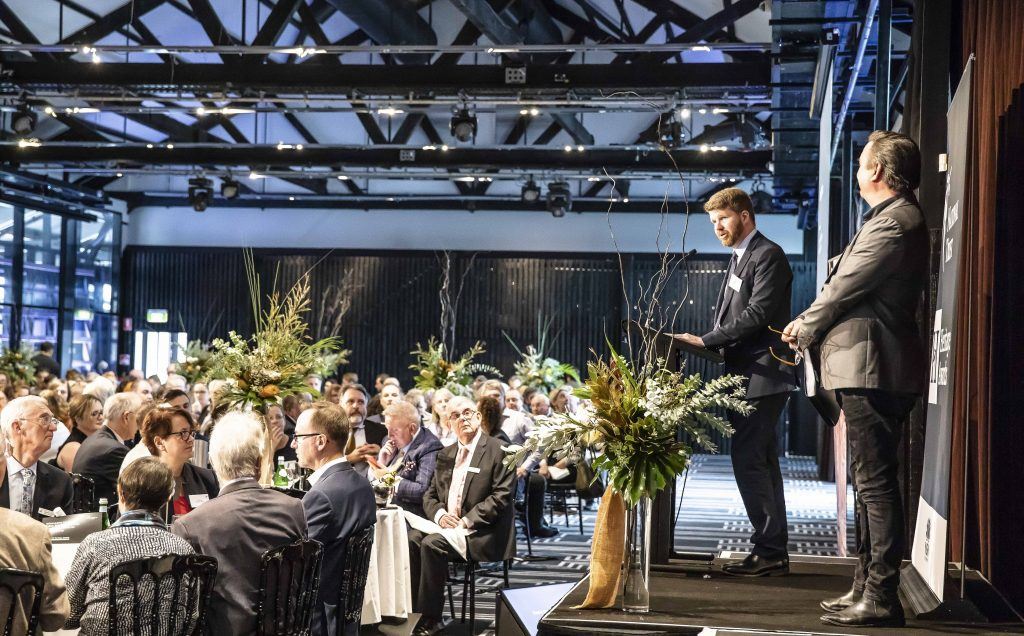
In 1956 the architectural historian Morton Herman saw what was coming and rushed to produce his book “The Architecture of Victorian Sydney”. Before he had even got the manuscript to the publishers 19 more buildings shown in his publication had been demolished.
Today, walking the streets of Parramatta or Burwood, driving down Canterbury Road, or catching a ferry at Meadowbank, I share Herman’s zeal and whip out my iPhone to take a photo – knowing that will be my last chance to make a record, before soulful becomes soulless.
And yet often these new developments seek to use their heritage as a point of difference in their advertising, a veneer of authenticity no matter how thin.
We have always conjured the spirits of the past to present new scenes in history. Just as Napoleon looked to Imperial Rome, and Cromwell invoked the language of the Old Testament, now we satisfy ourselves by wrapping our Metro demolition sites (where entire blocks of Victorian Streetscape have disappeared) with banners that proclaim “rich heritage – always evolving.”
We name our new harbour-side areas after the original inhabitants of this land and then plonk a casino on it, the owners of which then sue because their view towards, you guessed it, a heritage item, may be potentially obscured.
Are our priorities so misaligned?
So what do we do? Some would argue that the best thing to do is to ensure those buildings and places that deserve it are listed.
Yet the Art Gallery of NSW, the Royal National Park, the National Art School at Darlinghurst Gaol… these places are not on our State Heritage List. Landscapes? There are just 150 State listings.
But if we have learnt anything from the Notre Dame fire in recent weeks, it is that, in the end, lists, policies, laws… they don’t really matter.
We can write as many studies as we like, and put a building on as many lists as possible, but in the end it is how we treat our heritage that counts.
A building or a tree lends a certain presence, yet it is the intangibility of these losses that is, I believe, cumulatively more damaging.
Our heritage lends authenticity to our cities and towns, our parks and gardens, something only time can provide and that no amount of 3D laser scanning or photographic archival recording can replace.
Our heritage tells us where we have come from, and to those who have eyes to see, it can show us where we are going.
It doesn’t mean being stuck in the past, it means having the past in our future, in a meaningful way.
When the National Trust Awards were instigated 25 years ago they recognised particular achievements in preserving our heritage, but over the years they have become almost a campaign in themselves.
The longer-lasting impact of raising widespread community awareness about the value of our heritage has, if anything, been the true legacy of these awards, and long may it remain the case.
(David Burdon is a Sydney architect and Chair of the 2019 National Trust Heritage Awards judging panel. This is an edited version of a speech he gave at the awards presentation.)
